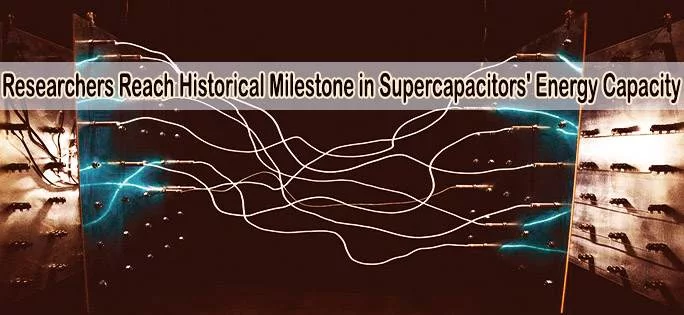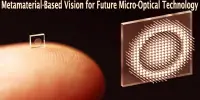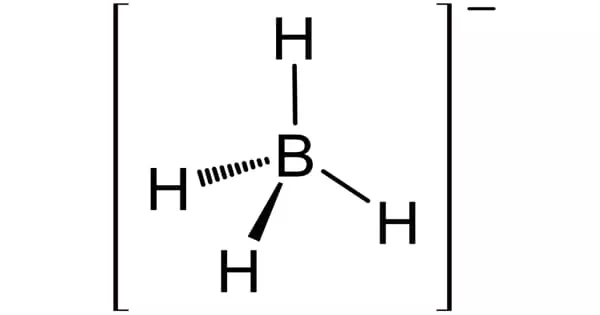Researchers have recorded the maximum level of energy storage in a supercapacitor, also known as capacitance, in a recent landmark chemistry study.
The study, led by Luis Echegoyen, Ph.D., professor emeritus at The University of Texas at El Paso, and Marta Plonska-Brzezinska, Ph.D., of the Medical University of Bialystok, Poland, was recently featured in the journal Scientific Reports, which is published by leading research publisher Nature Portfolios.
In supercapacitors, electrical energy is stored between two metal plates that are near to one another but separated by a surface that is electrically inconductive. Supercapacitors are similar to batteries, except instead of using chemical reactions to store and retrieve energy, batteries do so by using surfaces that are oppositely charged. They are frequently employed in machinery like electric cars, buses, trains, and cranes that require a quick release of energy.
This is a big step forward and gets us closer to achieving supercapacitors with high energy density, which would radically change how we store and manage energy.
Luis Echegoyen
“This is a big step forward and gets us closer to achieving supercapacitors with high energy density, which would radically change how we store and manage energy,” said Echegoyen, a longtime faculty member within UTEP’s Department of Chemistry and Biochemistry.
According to Echegoyen, supercapacitors have a tremendous potential since they can charge significantly faster than batteries in just a few seconds or less. However, the limited energy storage capacity of today’s supercapacitors restricts the spectrum of potential uses for these devices.
Scientists believe that if supercapacitors could be made to store more energy, they would be physically lighter and charge much more quickly than batteries, which would have a big economic impact.
A material with a carbon “nano-onion” core structure was used in the novel supercapacitor created by Echegoyen and Plonska-Brzezinska to achieve a record level of storage, or capacitance, allowing for the storage of more energy.













